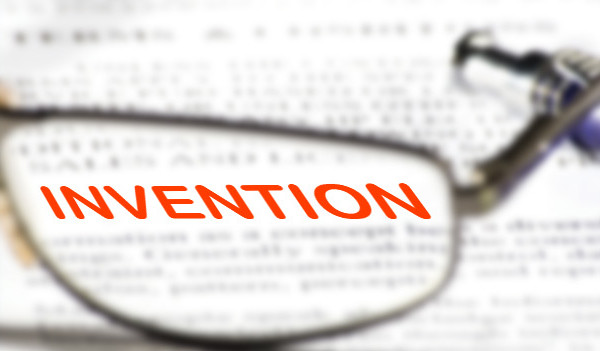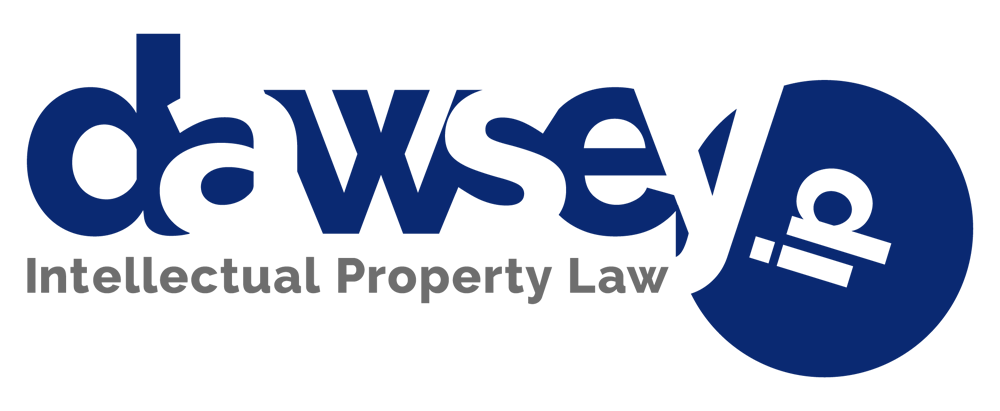
Common mistakes made by inventors
© 2010, Dawsey Co., LPA
December 2010
The journey of protecting and taking an inspired invention to market can be full of legal landmines. From premature use of the product to filing a poorly written provisional patent application, costly mistakes can affect the success of an invention and forever change both its protectability and marketability. In fact, some mistakes can even make it impossible to secure any type of patent protection. Fortunately, most mistakes can easily be avoided if you know what to look out for. The following are just a few of the most common mistakes make by inventors.
A. Selling the Invention
Many inventors make the mistake of selling their product before a patent application is ever filed. This may not be a problem in the U.S., but selling an invention before a patent application is filed may create a bar to obtaining foreign patent protection. This is true because the U.S. patent laws allow a 12 month grace period for filing a patent application after the invention has been sold. On the other hand, most foreign countries follow an absolute novelty rule, meaning that the invention must not be publicly disclosed prior to filing a patent application. So, if you would like to retain the right to seek foreign patent protection, be sure to file a patent application before the invention is sold.
B. Offering to Sell the Invention
Not only does the sale of an invention have negative consequences, but offering to sell it can expose an inventor to the same risk as an actual sale. An offer to sell the invention is treated the same as an actual sale, in terms of being a disclosure, even if there is no actual sale or transfer.
C. Public Use of the Invention
Using the invention in public can create the same problems as a sale (or offer to sell). In the U.S., if you publicly use your invention, you have 12 months to apply for a patent. As noted above, most foreign countries do not provide such leeway.
D. Poor Invention Records
Inventors can be too lax about record keeping. However, the early dates of conception and invention development stages can be critical. Under present patent laws, inventors should have clear and witnessed journal entries. Keeping good records also helps the inventor stay organized and self-directed in terms of timelines and goals.
E. Skipping a Professional Patent Search
Many inventors attempt to do a patent search themselves, and often find nothing similar to their invention on file. If an inventors cannot find any prior art similar to their invention then they have most likely done a poor search. New inventors that are unfamiliar with the patent system may find this task to be nearly impossible, since there are well over 7 million U.S. patents, and experience in proper search methods and terms is essential. Having a patent attorney perform a patent search will minimize the risk of learning about previously unknown prior art during the prosecution of a patent application.
F. Filing a Poorly Written Provisional Patent Application
Although a provisional patent application is typically touted as being inexpensive, a poorly prepared provisional application can create significant problems further down the road that can be infinitely more costly. The U.S. patent laws require that a provisional patent application describe the invention with the same level of completeness as is required of a nonprovisional patent application. While you can easily file a provisional patent application with the USPTO and obtain “patent pending” status, if the invention is not described with a high level of detail, then your provisional application can be useless.
The main purpose of a provisional application is to establish a filing date that you can claim priority to when filing future nonprovisional applications or foreign applications. In order to obtain the benefit of this early filing date, the provisional application must provide adequate disclosure and support for the later filed applications. Thus, if you file a provisional application that does not fully support the invention, it is likely that any later filed applications will not be fully entitled to the provisional application filing date. Moreover, if the invention is publicly used or sold, you may be forfeiting foreign patent rights if the provisional application does not fully cover the invention. Worst of all, a poorly prepared provisional patent application can demonstrate that you did not have a complete invention at the time the application was filed. So, while a provisional application is typically less expensive than a nonprovisional application, a poorly drafted provisional patent application not only does not help you, it can significantly cost you in the long run.
Conclusion
The recommendations set forth above are by no means absolute. However, by avoiding these common mistakes made by inventors, it will be much less likely that you will forfeit your right to obtain a patent. Furthermore, avoiding these mistakes may increase the likelihood that you will be able to protect and maintain your rights if you are granted a patent.
